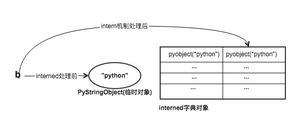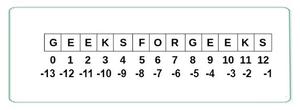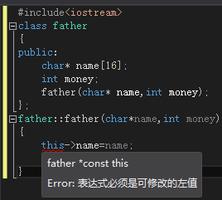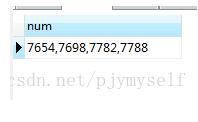Python - 按大小写差异对字符串进行排序
当需要根据大小写差异对字符串进行排序时,定义了一种以字符串为参数的方法。此方法使用列表理解和 'isupper' 和 'islower' 方法以及列表理解来获得大小写差异。它们的差异给出了排序值。
示例
下面是相同的演示
def get_diff(my_string):输出结果lower_count = len([ele for ele in my_string if ele.islower()])
upper_count = len([ele for ele in my_string if ele.isupper()])
return abs(lower_count - upper_count)
my_list = ["Abc", "Python", "best", "hello", "coders"]
print("名单是:")
print(my_list)
my_list.sort(key=get_diff)
print("按大小写差异排序的字符串:")
print(my_list)
名单是:['Abc', 'Python', 'best', ‘hello’, 'coders']
按大小写差异排序的字符串:
['Abc', 'Python', 'best', 'coders', ‘hello’]
解释
定义了一个名为“get_diff”的方法,它将字符串列表作为参数。
列表推导和 'islower' 和 'isupper' 方法用于检查字符串是大写还是小写。
这些值存储在两个不同的变量中。
这两个变量之间的绝对差值作为输出返回。
在该方法之外,定义了一个列表并显示在控制台上。
该列表根据之前定义的方法进行排序。
这是显示在控制台上的输出。
以上是 Python - 按大小写差异对字符串进行排序 的全部内容, 来源链接: utcz.com/z/357739.html









